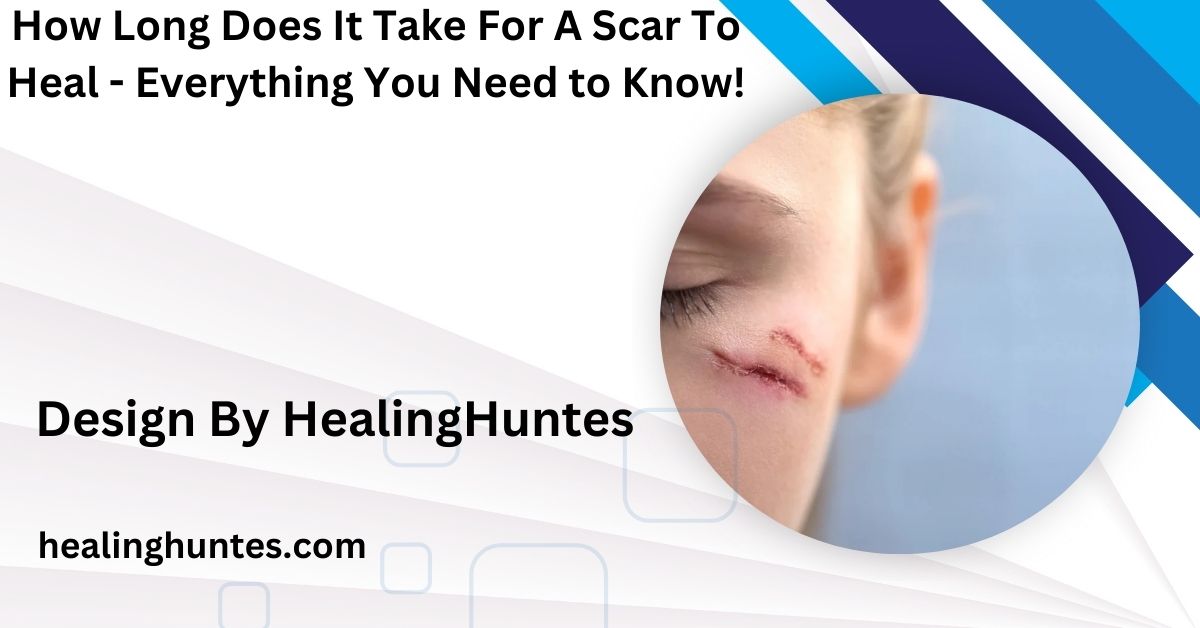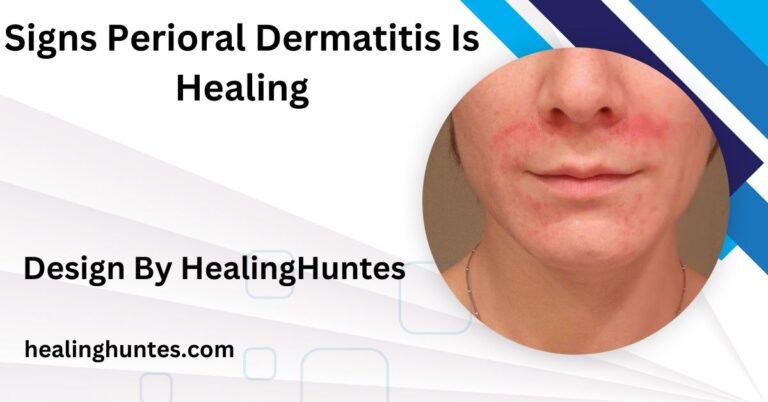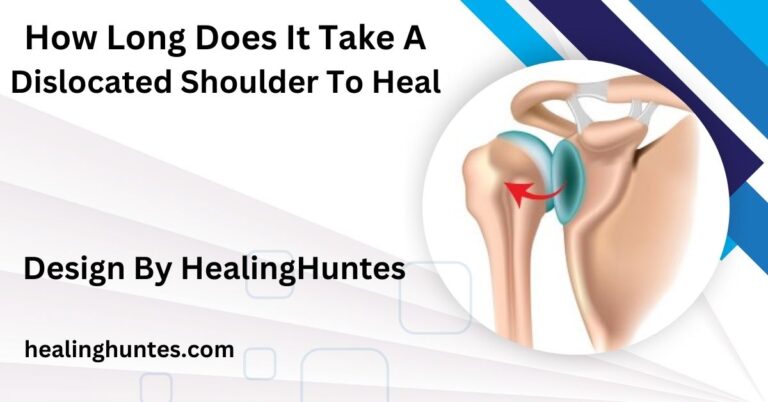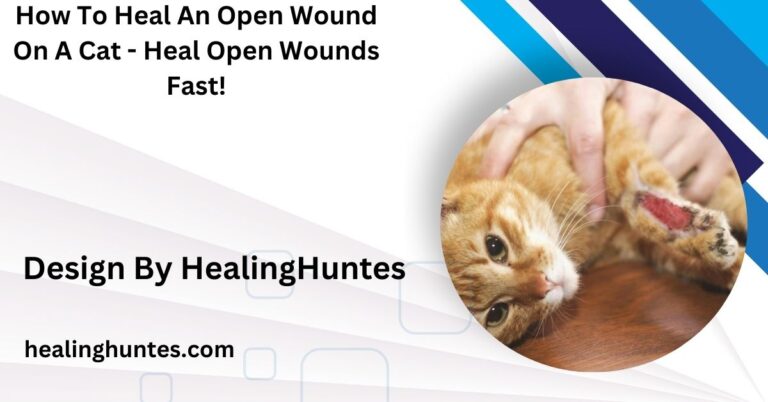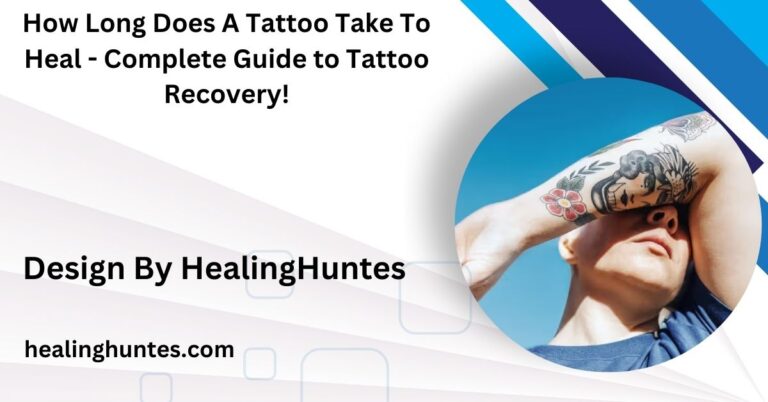How Long Does It Take For A Scar To Heal – Everything You Need to Know!
How long does it take for a scar to heal? It typically ranges from a few weeks to over a year, depending on scar type, depth, and care.
In this guide, we break down the healing phases, factors, care tips, and frequently asked questions on scar healing.
Stages of Scar Healing:

The Inflammatory Phase (1–2 Weeks)
The first stage of healing starts immediately after injury and lasts up to two weeks. During this period, the body works to stop bleeding, prevent infection, and initiate healing. Signs such as redness, warmth, swelling, and mild pain are typical, as white blood cells rush to the site to clean and protect the wound. Keeping the wound clean and covered at this stage is crucial to help prevent infection.
The Proliferative Phase (2–6 Weeks)
This is the phase where new skin cells form to repair the wound. Fibroblasts, a type of cell involved in wound healing, produce collagen, which is critical for skin regeneration. Collagen helps strengthen the healing tissue, and during this time, the wound edges pull together to close the wound fully. As collagen continues to build, a raised scar may appear, but it remains soft and fragile.
The Maturation Phase (6 Weeks–1 Year or More)
In this final stage, the scar begins to remodel and settle, often becoming less raised and more even in color. Collagen production stabilizes, and the scar strengthens. This phase can take several months to years, and even though the scar may seem fully healed externally, internal recovery is still ongoing. Sun protection and scar treatments can help improve the appearance of the scar over time.
Also Read: How To Heal A Sprained Wrist Fast – Effective Techniques to Recover Quickly!
Factors That Affect the Healing Time of Scars
Wound Type and Depth:
The depth and type of wound play a significant role in determining how long does it take for a scar to heal. Minor cuts and scrapes can heal within weeks, while deeper injuries or surgical wounds can require months to years. Deeper wounds tend to form thicker scars as they require more tissue regeneration.
Age and Overall Health:
Age is another factor that affects healing. Younger skin generally heals faster due to better collagen production and cellular turnover. Other health factors, like nutrition, hydration, and the presence of chronic conditions (such as diabetes), can impact the healing time, making recovery slower in those with certain health challenges.
Skin Type and Genetics:
Skin type and genetics also affect scar formation. For example, darker skin tones may be more prone to hyperpigmentation, where scars appear darker. Meanwhile, lighter skin can sometimes scar more prominently in terms of color contrast. Genetics may also influence whether a person is prone to hypertrophic or keloid scarring, which can extend the healing process.
Scar Type: Keloid, Hypertrophic, and Atrophic
Each type of scar follows a unique healing path:
- Keloid Scars: These grow beyond the original wound and can take a long time to flatten, often requiring medical intervention.
- Hypertrophic Scars: Raised but confined to the wound area, they may reduce over 6–12 months.
- Atrophic Scars: Indented scars, common after acne, may need longer treatment with options like microneedling to achieve noticeable improvement.
Tips for Faster and Healthier Scar Healing

Keep the Scar Moist and Protected:
Moisture helps speed up healing, so regularly apply an ointment or silicone-based scar gel to keep the skin hydrated. Cover the scar with a clean, non-stick bandage, especially during the early healing stages.
Protect the Scar from Sun Exposure:
Sunlight can make scars more noticeable by darkening them, so protect your scar with sunscreen or clothing, especially during the first year. UV exposure can hinder collagen production, slowing the healing process.
Massage the Scar:
Gentle massage can improve blood flow, softening and flattening scars over time. Start massaging only after the wound is fully closed, using light circular motions. Massaging can help break down excess collagen and promote smoother healing.
Maintain a Balanced Diet:
A diet rich in vitamins and minerals supports cellular repair. Vitamin C aids collagen production, zinc supports skin repair, and protein provides building blocks for new skin. Staying hydrated also keeps skin supple and better able to heal.
Also Read: How To Heal A Pulled Back Muscle Overnight – Quick Relief Tips!
Common Myths About Scar Healing
Myth 1: Scar Creams Work Instantly
Scar creams and silicone gels can improve scar texture and color, but they take time and regular application. Expect gradual results over weeks or months rather than overnight improvement.
Myth 2: Scars Can Be Completely Erased
While some treatments can significantly improve a scar’s appearance, scars rarely vanish entirely. Laser treatments, microneedling, and other therapies may help, but complete erasure is often unrealistic.
Myth 3: Tanning Reduces Scar Visibility
In fact, tanning can make scars darker and more prominent. Protecting scars from the sun helps avoid this problem and promotes better healing.
How Long Does It Take for a Scar to Heal Based on Different Scar Types?

Surgical Scars:
Surgical scars generally take around 6–12 months to fully mature and become less visible. The healing process may be slower if the surgery was on a highly mobile area like joints or facial skin. With proper care, the appearance of these scars can improve over time.
Acne Scars:
Acne scars, especially atrophic ones, may require more intensive treatments such as laser therapy or chemical peels. Healing can span several months, depending on the depth and size of each scar. Consistent use of retinoids and collagen-boosting products may also help.
Burns and Large Wounds:
Burn scars are among the slowest to heal, often taking over a year to see major improvement. Because burn scars affect multiple skin layers, they typically require extra care, including moisturizers, scar creams, and compression therapy for optimal healing.
FAQ’s
1. How long does it take for a minor scar to heal?
Minor scars can heal within a few weeks, though the skin may take a few months to return to its natural color and texture.
2. Does massaging a scar help it heal faster?
Yes, gentle massage can help improve circulation, break down excess collagen, and reduce raised or thickened scars over time.
3. Can older scars still improve with treatment?
Yes, even older scars can benefit from treatments like laser therapy, microneedling, and silicone gels. These options may help soften and reduce the appearance of scars.
4. What type of diet aids scar healing?
A diet rich in vitamins C and E, zinc, and protein supports the body’s natural healing processes, promoting faster recovery.
5. Are some people more prone to scarring?
Yes, genetic factors and skin type can make some people more prone to forming certain scar types, such as keloids or hypertrophic scars.
Conclusion
Scar healing is a gradual process influenced by factors like wound depth, type, and personal health. While minor scars may fade within weeks, deeper or more complex scars can take months or years to fully mature.By following effective care practices such as keeping the scar moisturized, protecting it from sunlight, and maintaining a healthy lifestyle you can significantly enhance the healing process.
